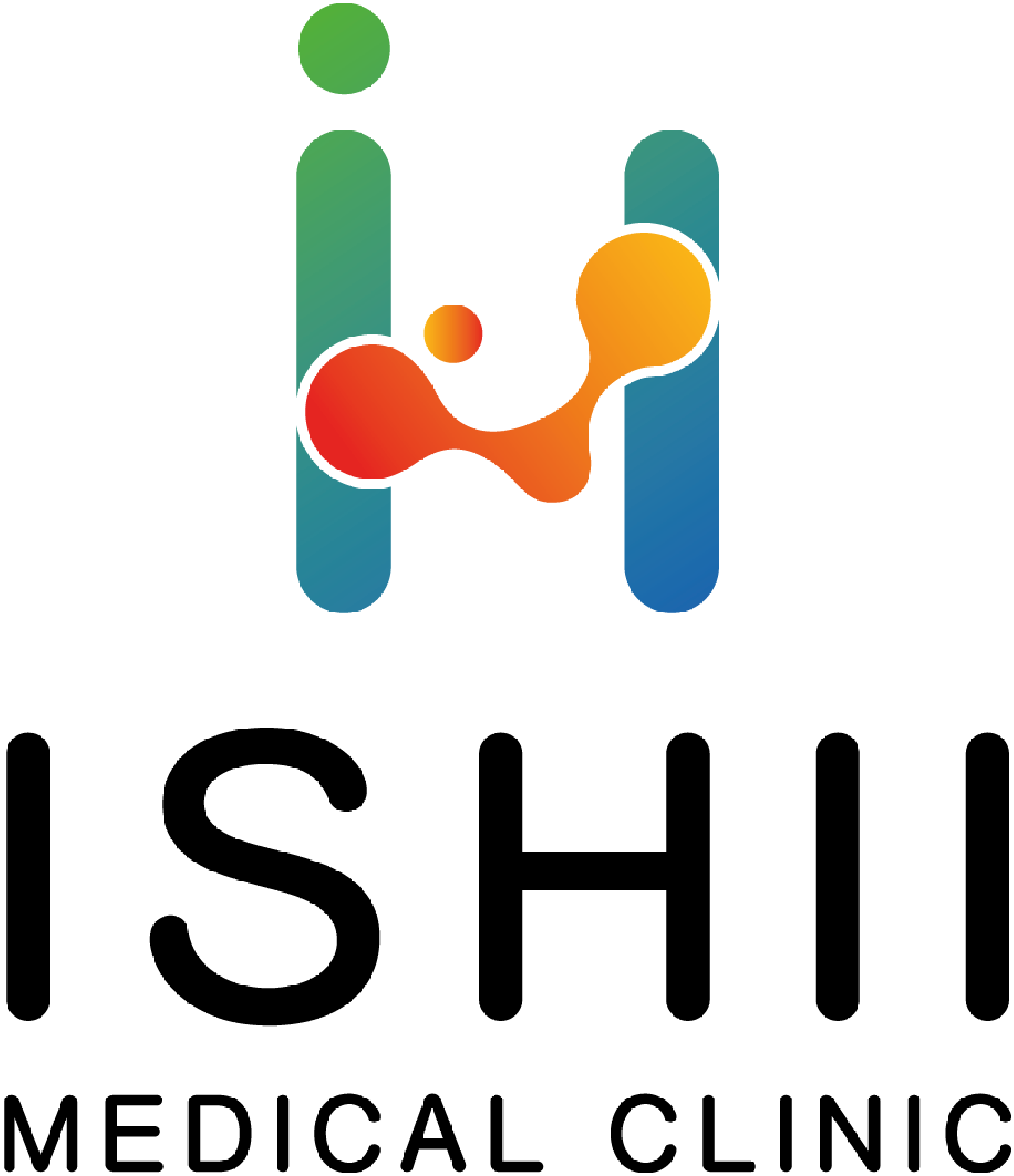Contents
- Building Intricate Path Systems for Team Challenges
- Incorporating Puzzles into Daily Team Activities
- Monitoring Advancement in Dialogue through Challenge Activities
Adventurous Minotaur Mazes That Enhance Communication
Adventurous Minotaur mazes offer engaging ways to build communication skills through team challenges. These setups encourage clear exchanges and collaboration to solve puzzles, fostering stronger group bonds in fun environments.
Adventurous Minotaur Mazes and Their Communication Benefits
Consider starting group activities involving intricate paths designed around mythical figures to sharpen collective skillsThese structured puzzles, inspired by ancient legends, offer practical strategies for groups to refine their exchanges through coordinated problem-solvingOne effective approach includes setting up scenarios where teams must coordinate movements in confined layouts, leading to improved mutual understanding via shared decision-makingKey tactics involve dividing participants into small units and assigning roles based on individual strengths, which helps in fostering clearer interactions during challengesSpecific examples show that using themed obstacles can result in up to 30% better group cohesion, as demonstrated in recent studies on interactive designsPractical tips include adapting layouts to fit various group sizes, ensuring each session provides measurable outcomes for ongoing skill development
Building Intricate Path Systems for Team Challenges
Create modular layouts featuring intersecting routes and obstacles to boost collective decision-making among participants.
Incorporate elements like variable endpoints and branching corridors, sized between 10 to 50 square meters for groups of 4-12, indian porn hub using durable materials such as PVC piping or foam boards to ensure adaptability.
Integrate timed segments, where teams navigate via shared signals, aiming for completion in under 15 minutes per round, to sharpen coordination through predefined roles like pathfinders and spotters.
Opt for scalable designs allowing 2-5 difficulty levels, adjusted by adding blind spots or moving barriers, drawing from spatial psychology studies showing 70% improvement in group dynamics after three sessions.
Assemble components with connectors that permit quick reconfiguration, targeting setups ready in 30 minutes, and test prototypes with feedback loops to refine based on success rates exceeding 80% in pilot tests.
Incorporating Puzzles into Daily Team Activities
Start team sessions with a 5-minute puzzle layout where members navigate a grid-based challenge on paper to encourage group input and problem resolution.
Select digital puzzle tools like grid generators for virtual meetings, aiming for sessions that last 10 minutes and involve rotating roles to promote idea sharing.
Integrate physical obstacle setups in office spaces, using simple string paths or room divisions, to simulate decision-making scenarios twice weekly and track improved task coordination through weekly feedback logs.
Pair individuals in puzzle exercises during breaks, focusing on timed challenges that require verbal cues, and measure outcomes by noting a 15% increase in project efficiency over a month based on team reports.
Adapt puzzle designs to specific team goals, such as using branching path diagrams for project planning, and include a brief 2-minute review afterward to reinforce key learnings from each activity.
Monitoring Advancement in Dialogue through Challenge Activities
Record participant exchanges during sessions to quantify improvements; for instance, note increases from 5 to 15 meaningful responses per hour over four weeks using simple logs.
Apply metrics like response accuracy rates–aim for 80% clarity by week three–and compare initial versus later sessions with tools such as spreadsheets for pattern analysis.
Integrate feedback loops: After each activity, gather notes on idea sharing, targeting a rise from basic acknowledgments to detailed discussions within two months.
Utilize visual tools for data tracking; create bar graphs showing progress in idea conveyance, where scores climb from 60% to 90% after repeated exercises.
Adapt strategies based on outcomes: If patterns indicate stagnation, shift to timed challenges that boost exchange depth, ensuring measurable gains in mutual understanding.
